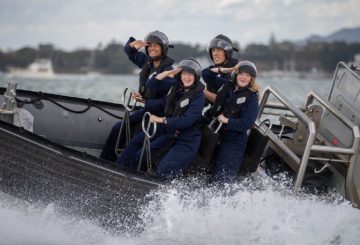由于空军基地、住房问题和不断恶化的海军基地,新西兰国防军面临着高昂的维护成本。国防部长朱迪思·柯林斯宣布,这些问题导致需要超过5.7亿美元的资金。这笔钱将用于设备升级、一线人员的加薪和基础设施维修。
主要问题之一是奥哈基亚和韦努阿派空军基地的停机坪状况不佳。这限制了飞机,包括新购买的20亿美元P8-A Poseidons在机场的特定区域的飞行。两个基地的重大维修工作正在进行中或最近已经完成。
奥克兰的德文波特海军基地也面临着一些代价高昂的问题。其中包括基地海军海域周围的淤泥积聚、码头设施恶化以及经常发生的沿海洪水。国防军正在考虑维护德文波特基地的费用以及在旺加雷增建设施的潜在需求。
国防军工作人员的住房是另一个令人关切的领域。诸如热水系统和管道故障之类的问题需要进行大量维修,并需要重新安置家庭。屋顶损坏也导致了霉菌问题,迫使一些人进入临时设施。
宣布的升级将包括更换Unimog和Pinzgauer卡车,改善直升机导航,以及增强检测海上威胁的计算机应用程序。柯林斯表示,1.63亿美元将用于工资,另外4.08亿美元将用于项目和基础设施。




























































